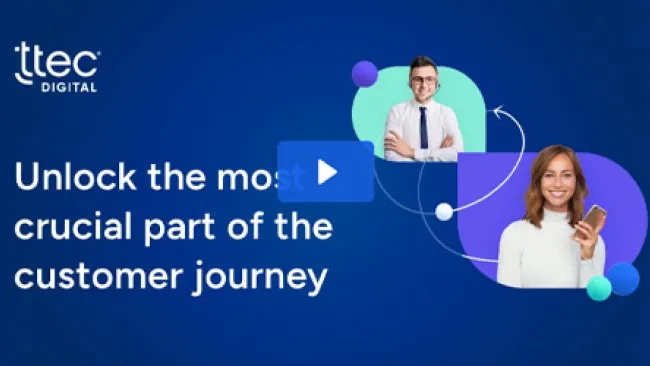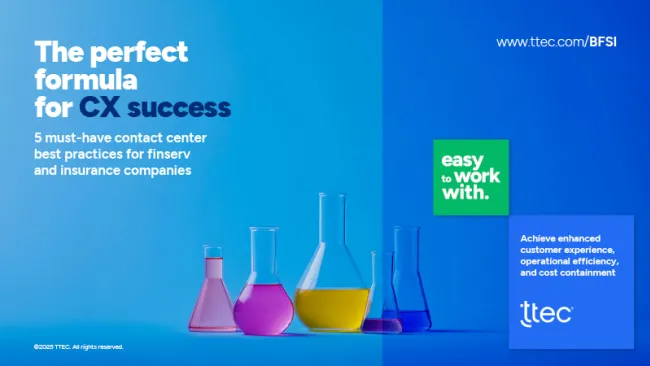Innovation is not just a means to an end. Instead, innovation is an attitude that has to be ingrained within the core of a company. That is what leaders at Spanish bank la Caixa believe. For the bank, innovation is an attitude at work.
The fast pace of change puts more pressure on companies to embrace change and embed innovation within the fibers of the company. Success stories have been written about business leaders who led change to become pioneers in their field. Brands like Apple have succeeded and achieved business growth because they took calculated risks. At la Caixa, innovation lies at the heart of the operating unit and is present within the whole organization. In fact, in 2011 la Caixa was named the "Most Innovative Bank" at the BAI-Finnacle Global Banking Innovation Awards, solidifying the bank's philosophy that innovation is the best tool for growing efficiently while responding both to a changing environment and to customers.
But becoming an innovative company cannot happen without a major transformation that includes everyone within the organization. Employees, and even customers, have an important role in driving the changes that matter. la Caixa is a firm believer that innovation can only develop successfully if it's based on feedback and lessons learned from three important groups—customers, employees, and industry experts.
Leveraging customer insights
Listening to customers is a key to success for organizations. Not only do customers pinpoint areas of improvement that the organization should address, but they can also share insights into what could improve their experience. la Caixa is a firm believer in such collaborative efforts. But the bank's leadership understands that while many customers are eager to share opinions that could improve their experience with the brands they do business with, it's up to organizations to provide simple ways for customers to do so.
This knowledge has prompted la Caixa to invest heavily in gathering customer feedback and making it easy for clients to share their comments through various touchpoints. According to Benjamí Puigdevall, who's in charge of the bank's multichannel strategy: "We focus our endeavors on creating the framework and tools for customers to collaborate with their ideas, opinions, and suggestions on what they need from our entity." For example, after making a purchase, customers are given the option to answer a survey about the product and experience. Users can share their feedback on 25 products and services.
The company receives an average of 5,000 customer opinions every month, allowing the bank's leadership to keep its finger on the pulse of its clients and be agile in making changes or introducing new products that cater to customer needs. This information also helps the organization design products so that they're adapted to what customers need.
In addition, the company proactively reaches out to customers to involve them in brainstorming sessions. Feedback was essential when the company decided to overhaul its Internet banking site to make it more customer-focused. The organization called on its customers to help, involving hundreds in focus groups and interviews to discuss design ideas, browsing habits, and ways to customize the homepage, to make it more user-friendly.
The company's latest endeavor is a tool within its online home banking channel. Inspíranos, Spanish for "inspire us," was specifically built to give customers a chance to make suggestions about banking. Puigdevall says this strategy allows customers to feel involved in the process of creating new products and services. Further, the bank gives other customers the opportunity to rate the ideas submitted by their peers, which are then analyzed by la Caixa executives to determine which can be acted on. From this tool, the bank receives about 200 distinct ideas every month, giving the boardroom insight into what customers want.
Tapping into employees' expertise
Winning ideas don't only come from the people at the top echelons of an organization. Any staff member can have a revolutionary proposal that could give the organization a leading edge over its competitors. That's why it's essential for business leaders to establish processes that enable, and even encourage, staff members to share their thoughts. The bank believes that employees, thanks to their experience and ongoing contact with customers, have considerable know-how that enriches the institution.
Staff members at all levels and across different departments have proven to be a great resource, contributing upwards of 1,000 ideas and suggestions every month, allowing them to play an important role in the continuous improvements of products and services. The company developed a web portal, dubbed "Imagine," where employees can share ideas that are then evaluated so that the best ones are implemented. Internal contests have also been organized to generate ideas around specific issues. In 2011, for example, la Caixa organized a contest to encourage innovative ideas for CaixaMóvil Store, where customers can download smartphone apps for their financial needs.
One idea that has already been developed is a smartphone app that allows la Caixa customers to activate new bank cards, which arrive inactive for security reasons. In the past, customers had to call the branch or activate the card online. The new app for the iPhone and Android phones also allows customers to block their card in case it is lost or stolen.
While innovative ways to generate ideas work well for la Caixa, the bank believes that ideas are born through work and experimentation, and strives to create the right environment for employees to be creative. For example, the bank's CaixaMóvil Laboratory is used to test new services with the aim of improving the customer experience. The usability laboratory is designed for employees to interact with customers, who are given a number of tests to determine the effectiveness of an idea. Eye tracking technology, for example, helps to determine what grabs customers' attention and the route their eyes follow as they carry out an action, such as viewing a website.
Learning from the best
Pride has no place in progressive companies. Instead, savvy organizations proactively learn from industry experts. A guiding principle for la Caixa is to open the doors to external experts to share ideas and suggestions that can help the organization retain its innovative edge.
A case in point is the company's FinApps Party program, a 24-hour marathon for internal IT experts to develop mobile applications for financial services. The first endeavor in 2011 attracted more than 100 participants who presented 40 projects. The winning app was a financial tool aimed at helping parents teach their children to save.
la Caixa decided to make it an annual event. The second party took place in Barcelona in October 2012. This time, the bank opened the program to outside developers, attracting experts from the U.K., Kenya, Mexico, and Israel, among others. The winning application uses geolocation technology to find retailers that use a la Caixa POS device. The prototype also encourages customers to share information about the venue with their social networks.
By gathering insights from these three resources, la Caixa has a wide view of what's expected of it as an organization. Acting on feedback from customers, employees, and industry experts allows the organization to remain agile in identifying new trends and be ahead of the curve.















